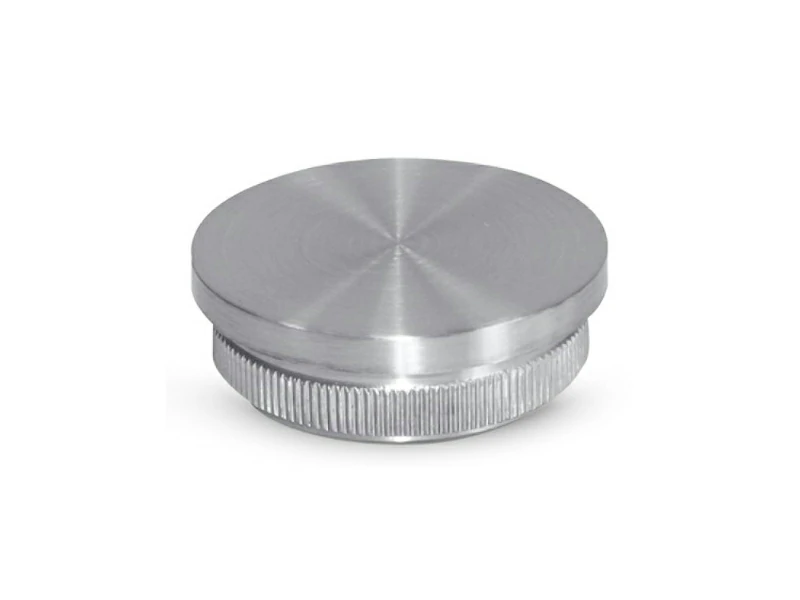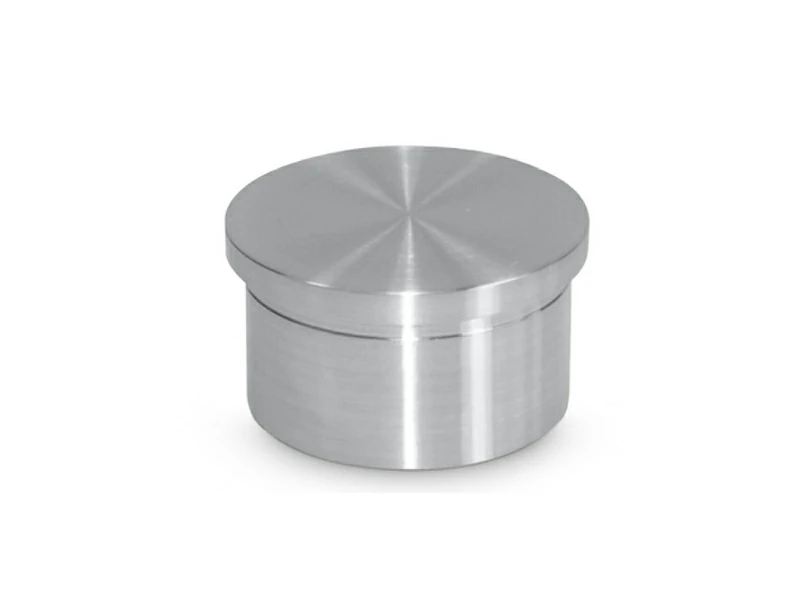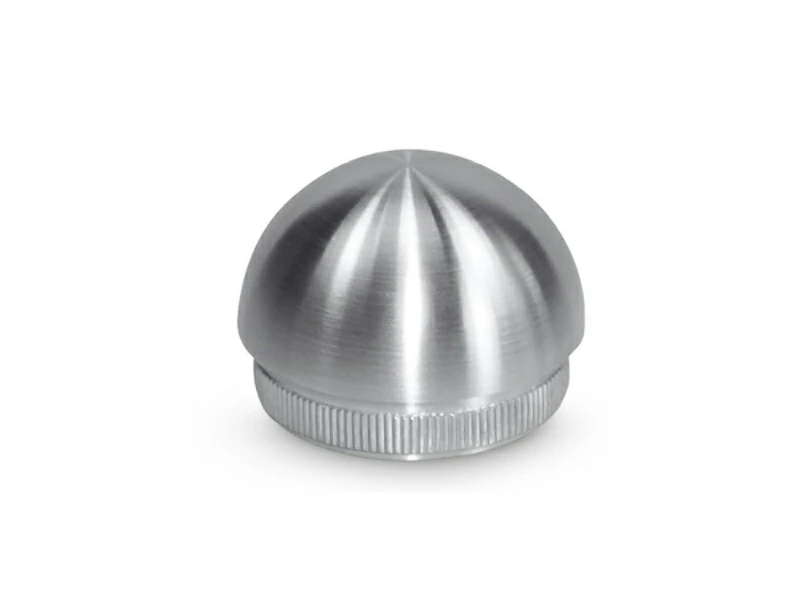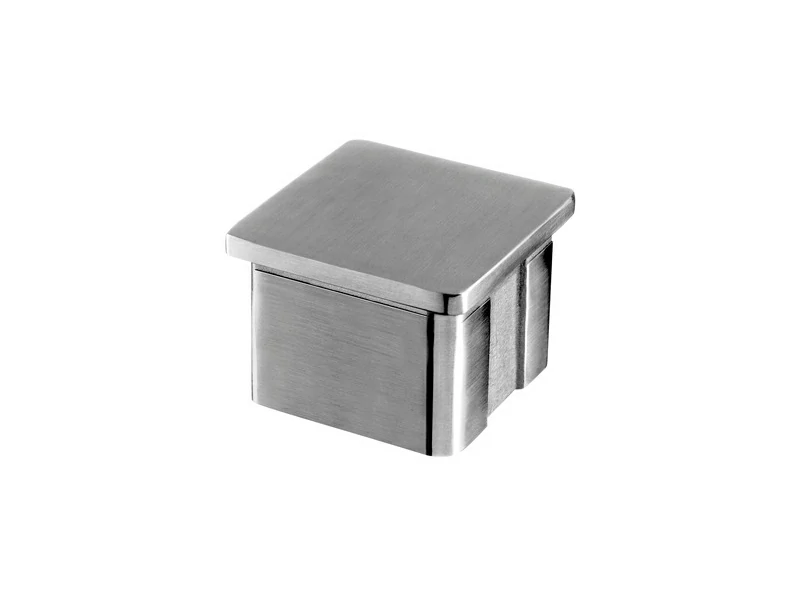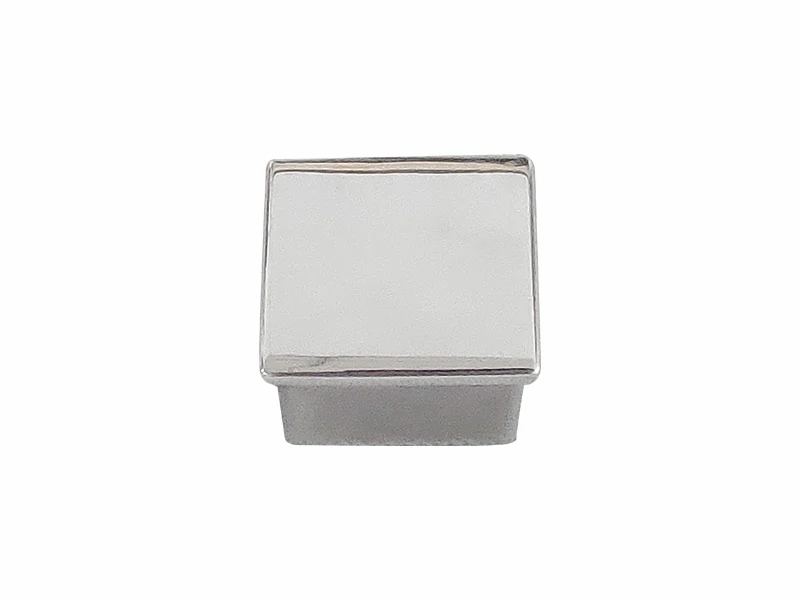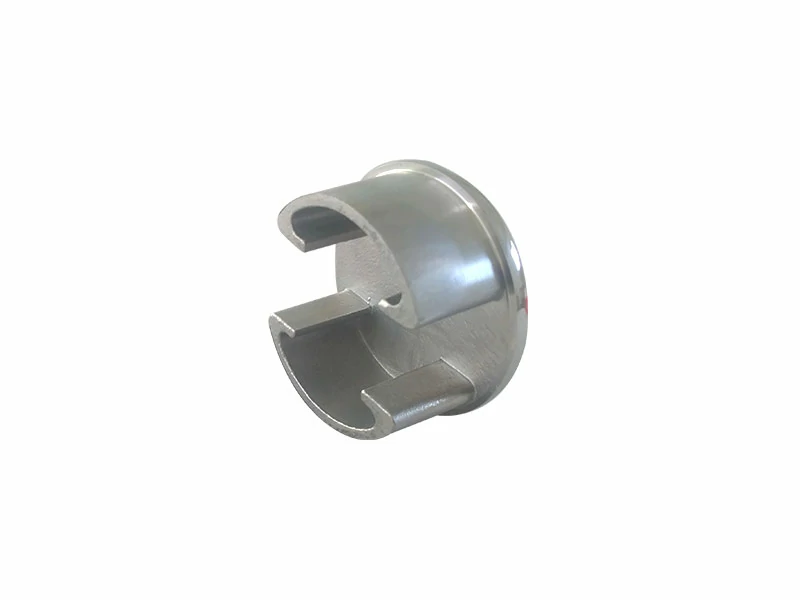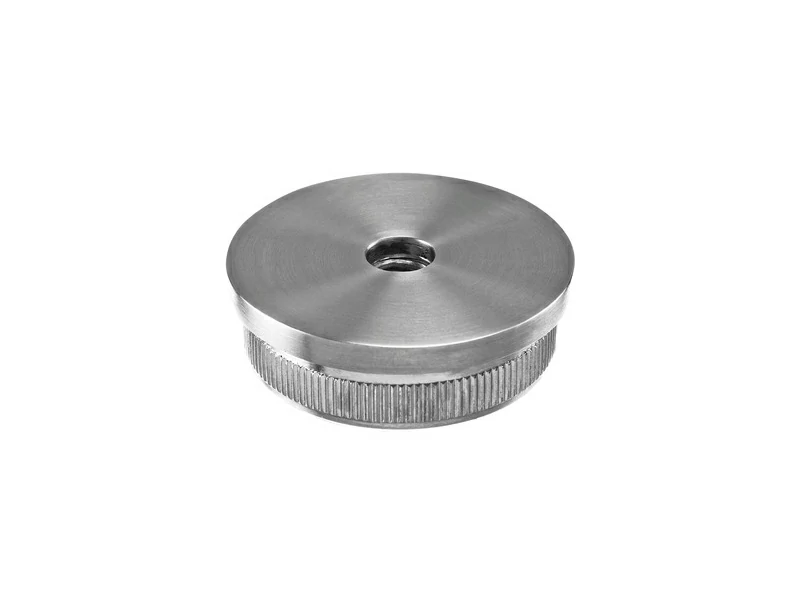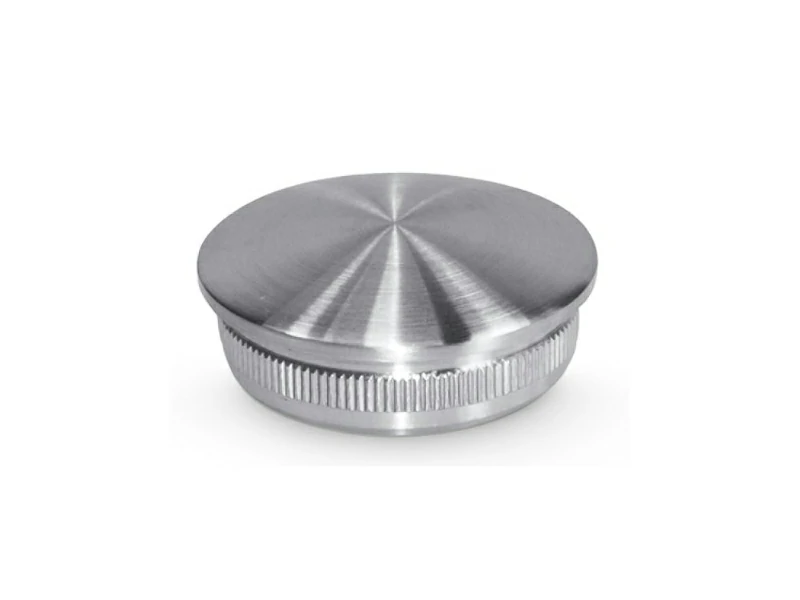Handrails are critical components in architectural and structural design, providing support and safety in various settings. They are installed alongside stairs, ramps, and other walkways to help prevent falls and assist in mobility. Handrails come in various materials, designs, and configurations, tailored to specific needs and aesthetic preferences.
Importance of Handrails
- Safety: The primary function of handrails is to provide stability and support. This is crucial for individuals with limited mobility, such as the elderly or those with disabilities. Handrails help prevent falls on stairs and ramps, which are common areas for accidents.
- Compliance with Building Codes: Most building codes require handrails for stairs and ramps to ensure safety standards are met. These codes specify the height, strength, and placement of handrails to make them effective.
- Aesthetic Contribution: Beyond functionality, handrails contribute to the overall aesthetic of a building or space. Designers often select materials and styles that complement the architectural style of the environment.
- Assistance for Mobility: Handrails assist in ascending or descending stairs and navigating ramps, providing a grip that helps control movement, especially in slippery conditions.
- Legal Requirement: In many jurisdictions, failing to install handrails where required can lead to legal repercussions, including fines and increased liability in the event of accidents.
In conclusion, handrails are a fundamental aspect of building design, essential for safety, compliance, and aesthetic integration. Their design, installation, and maintenance require careful consideration to effectively serve their purpose.
The role of handrail end caps in overall railing system
Handrail end caps play a significant role in the overall railing system, both from a functional and aesthetic perspective. These components, often overlooked in terms of their importance, serve several key purposes:
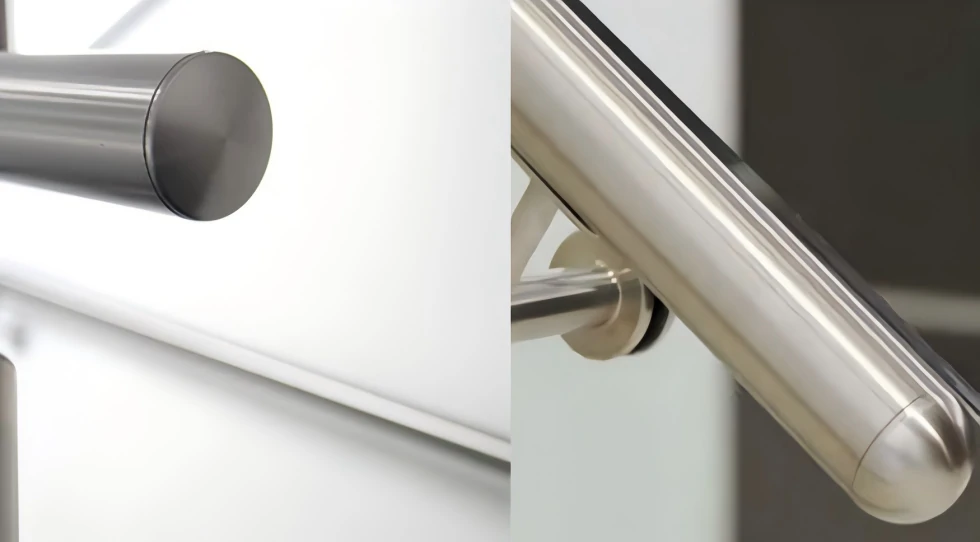
Safety:
The primary function of handrail end caps is to provide a safe termination of the railing. Sharp or rough edges of a handrail can pose a risk of injury to users by snagging clothes or causing cuts. End caps cover these edges, creating a smooth finish that prevents such accidents.
Aesthetics:
End caps contribute to the finished look of a handrail system. They can be designed in various styles to complement the architectural aesthetics of the environment. Whether sleek and modern or ornate and traditional, end caps can enhance the visual appeal of the handrail and, by extension, the space it occupies.
Durability:
End caps can protect the ends of handrails from environmental elements, particularly for outdoor railings. By sealing the ends, they prevent water, dirt, and debris from entering the handrail, which can lead to internal corrosion, weakening the structure over time. This sealing helps extend the lifespan of the handrail system.
Compliance:
In some cases, building codes and safety regulations specify the need end caps for handrails to ensure that handrails do not pose additional safety risks. These regulations often focus on preventing the handrail from catching passersby or snagging on clothing and equipment, particularly in industrial settings.
Additional Benefits:
- Protection: Protect the handrail from damage caused by impact or environmental factors.
- Hygiene: Prevent the accumulation of dirt and germs at the end of the handrail.
- Maintenance: Make cleaning and maintenance of the railing easier.
Types of Handrail End Caps
Handrail end caps come in various styles and materials to suit different railing designs and environments. Here are some common types:
Based on Shape:
Flat End Caps: Have a flat top surface, often used for modern or minimalist designs.
Domed End Caps: Feature a rounded or domed top, providing a classic and elegant look.
Square End Caps: Have a square top, often used for industrial or contemporary styles.
Decorative End Caps: Feature intricate designs or patterns for an ornamental appearance.
Based on Material:
- Stainless Steel: Offers durability and a modern look.
- Brass: Provides a classic and elegant appearance.
- Aluminum: Lightweight and corrosion-resistant.
- Wrought Iron: Offers a traditional and ornate look.
Based on Installation:
- Slip-On End Caps: Easily slide over the end of the handrail.
- Screw-On End Caps: Require screws for a more secure fit.
- Adhesive End Caps: Use an adhesive for installation.
Other Types:
- Wall Return End Caps: Used at the end of a handrail where it meets a wall.
- Corner End Caps: Designed for use at corners where the handrail changes direction.
- Choosing the right handrail end cap depends on factors such as the handrail material, railing style, and desired aesthetic.
How to Install Handrail End Caps
Installing handrail end caps is a relatively simple process, but it requires the right tools and careful attention to detail.
Tools and Materials:
Handrail end caps, Measuring tape, Pencil, Saw (if necessary to trim the handrail), Adhesive or screws (depending on the end cap type)
Installation Steps:
- Measure and Prepare: Measure the diameter of your handrail to ensure the end cap fits properly. If necessary, trim the handrail to a clean cut.
- Clean the Handrail: Remove any dirt, grease, or debris from the end of the handrail to ensure a secure bond.
- Apply Adhesive: If using adhesive end caps, apply a bead of construction adhesive to the inside of the end cap.
- Slide or Screw On: Carefully slide the end cap onto the handrail or secure it with screws, following the manufacturer's instructions.
- Ensure a Secure Fit: Make sure the end cap is firmly attached and aligned properly.
Tips:
For a more secure fit, consider using a small amount of silicone adhesive in addition to the end cap's adhesive.
Always wear safety glasses and gloves when working with tools.
In conclusion, end caps for handrails are more than just decorative finishes; they are integral components that enhance the safety, durability, and aesthetic appeal of the handrail systems. Their selection and installation should be considered carefully to match the overall design and functional requirements of the railing system.
For more information or to place an order, visit Highco website or contact their customer service team. Enhance your handrail installations with the trusted quality and elegance of our handrail fittings.
